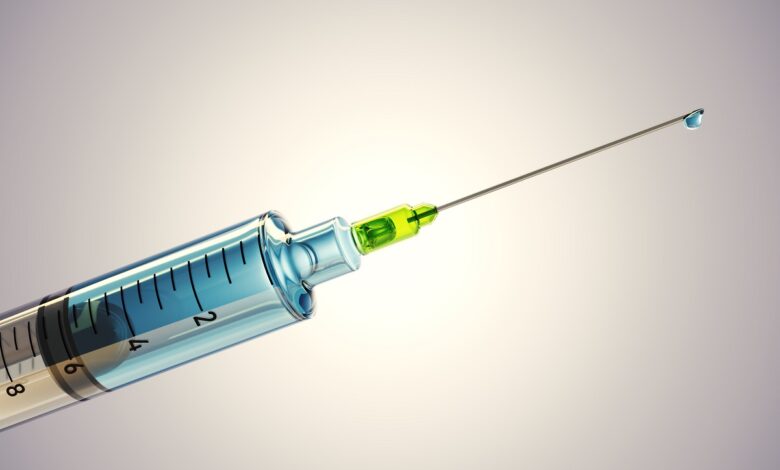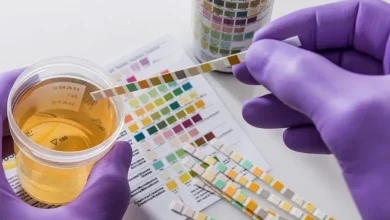Challenges in Injectable Drug Delivery Solutions: Overcoming Pain and Dosing Errors

An injectable drug delivery solution is a method of administering medications directly into the body using injections, providing a rapid and efficient way to deliver drugs with precision. These solutions are commonly used for a wide variety of therapies, ranging from vaccines and biologics to pain management and chronic disease treatments like diabetes and cancer. Injectable drug delivery bypasses the digestive system, ensuring that the drug enters the bloodstream quickly and effectively, which is especially crucial for medications that are not well-absorbed orally. There are several types of injectable solutions, including pre-filled syringes, autoinjectors, infusion pumps, and needle-free injectors, each designed for specific applications to improve ease of use, reduce pain, and ensure accurate dosing. With continuous advancements in technology, injectable drug delivery solutions are becoming more patient-friendly, providing enhanced comfort, convenience, and better overall treatment outcomes.
Injectable drug delivery solutions have become essential in modern healthcare, offering rapid therapeutic effects and precise drug administration. These systems are utilized in a wide range of medical fields, from chronic disease management to emergency care. However, despite their benefits, injectable drug delivery solutions present certain challenges. Two primary hurdles that patients and healthcare professionals face are pain during injection and dosing errors. Overcoming these challenges is crucial for improving patient experience, enhancing treatment outcomes, and ensuring patient compliance.
Pain During Injection
One of the most significant barriers to effective injectable drug delivery is the pain associated with injections. Pain can occur during the insertion of the needle and sometimes persist after the injection is administered. Several factors contribute to this discomfort:
- Needle Size: Larger needles tend to cause more pain because they create a larger wound in the skin and tissues.
- Injection Speed: Rapid injections or those that involve high-pressure drug delivery can cause tissue damage or irritation, leading to more pain.
- Drug Characteristics: Certain medications, especially viscous ones or those that irritate tissues, can cause more pain when injected.
- Patient Anxiety: Psychological factors such as needle phobia can amplify the perception of pain, even if the physical discomfort is minimal.
FOR MORE INFORMATION CLICK HERE : christmas gifts for clients
Solutions to Address Injection Pain:
- Needle Design: Advances in needle design, such as thinner and finer needles, have helped reduce the physical pain associated with injections. Nano-needles and microneedles, which are much smaller in diameter, offer a minimally invasive approach, making injections less painful.
- Slow Injection Devices: Devices that deliver the drug more slowly, such as auto-injectors with adjustable speeds, can reduce the trauma to the tissue and allow for better drug absorption with less pain.
- Cooling Technologies: Some modern injectables come with integrated cooling devices, which numb the skin before and during the injection, significantly reducing pain.
- Needle-Free Injectors: Jet injectors or needle-free injectors use high-pressure air to push medication through the skin without the need for a needle, offering a virtually painless injection experience.
- Topical Anesthetics: Application of local anesthetics or creams before the injection can help numb the skin and reduce pain during the procedure.
By addressing the discomfort associated with injections, these innovations help improve patient compliance, particularly for individuals who require frequent injections for chronic conditions such as diabetes or autoimmune diseases.
Dosing Errors
Dosing errors are another significant challenge in injectable drug delivery. Incorrect dosing can have serious implications, ranging from inadequate therapeutic effects to harmful side effects. Dosing errors can occur for several reasons:
- Human Error: In clinical settings, healthcare providers may make mistakes when preparing or administering injectable medications. This can be due to fatigue, lack of training, or miscommunication.
- Incorrect Measurement: When using syringes or vials, it can be challenging to measure the precise amount of medication needed, especially with small doses or potent drugs that require high accuracy.
- Device Misuse: If the drug delivery device is not used properly, it can result in incorrect dosing. For example, improperly calibrated autoinjectors or infusion pumps can deliver the wrong amount of medication.
- Patient-Related Issues: In some cases, patients who administer injections at home may make errors in self-administration due to a lack of proper training or confusion about dosing instructions.
Solutions to Minimize Dosing Errors:
- Pre-Filled Syringes and Autoinjectors: Pre-filled syringes and autoinjectors eliminate the need for patients or healthcare providers to manually draw doses from vials, thereby reducing the risk of underdosing or overdosing. These devices are preloaded with the exact amount of medication required for a single dose.
- Smart Devices: The advent of smart injectables, such as those with built-in sensors and digital interfaces, can help prevent dosing errors. These devices can provide feedback to ensure the correct dose is administered, track medication use, and alert patients or healthcare providers if there is a mistake.
- Clear Labeling and Training: Proper labeling and clear instructions on injectable medications can significantly reduce errors. Healthcare providers can further ensure patient safety by providing proper training on how to correctly administer injections.
- Auto-Calibration Systems: Infusion pumps and other delivery systems equipped with auto-calibration mechanisms can automatically adjust the flow rate or dosage, ensuring more precise delivery and reducing human error.
- Barcode Scanning and Tracking: The integration of barcode scanning technology in drug delivery systems allows for real-time tracking of medication administration. This helps ensure that the correct drug and dose are delivered to the right patient.
Improving Patient Compliance
Both pain and dosing errors can lead to non-compliance, which is a significant issue in the management of chronic diseases or conditions requiring ongoing injectable therapies. To encourage patient adherence to their medication regimens, the following solutions can be beneficial:
- Convenience: Devices that are easy to use, portable, and quick to administer can encourage patients to stick to their treatment schedules.
- Reduced Frequency: Long-acting injectable formulations, which require fewer doses, are an ideal solution for patients who struggle with regular injections.
- Patient Education: Ensuring patients understand the importance of proper injection techniques, the role of their medication, and how to use the delivery devices can help prevent errors and improve overall compliance.
Conclusion
While injectable drug delivery systems are invaluable for the treatment of various conditions, they do come with challenges, especially concerning pain during injection and the risk of dosing errors. However, advances in technology and device design are continually addressing these obstacles, improving patient experience, and enhancing the safety and efficacy of injectable therapies. By utilizing innovations such as needle-free injectors, smart delivery systems, and enhanced training, healthcare providers can reduce the impact of these challenges and ensure better outcomes for patients. As the field continues to evolve, we can expect injectable drug delivery solutions to become even more efficient, comfortable, and patient-friendly, improving both the quality of life and the effectiveness of treatments.




